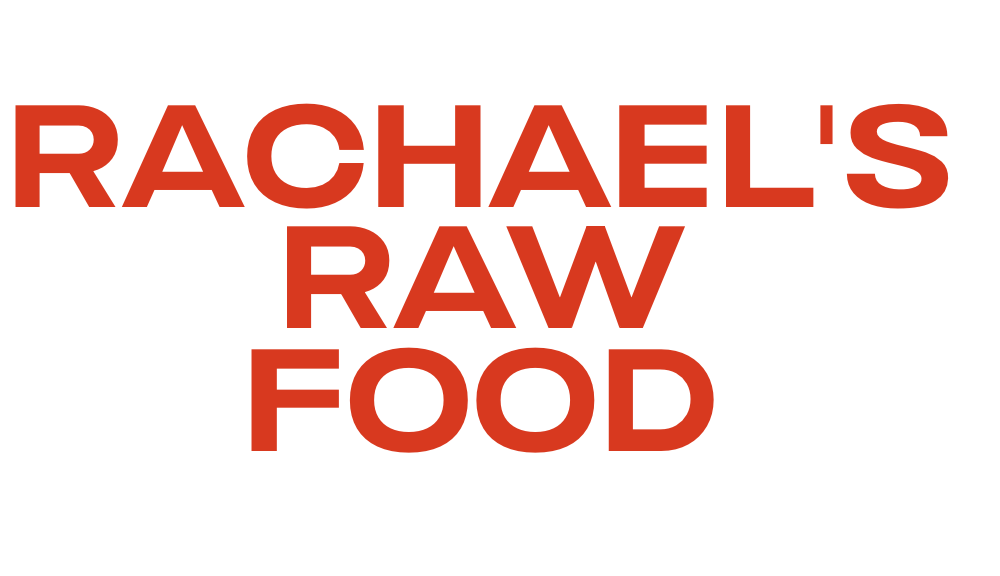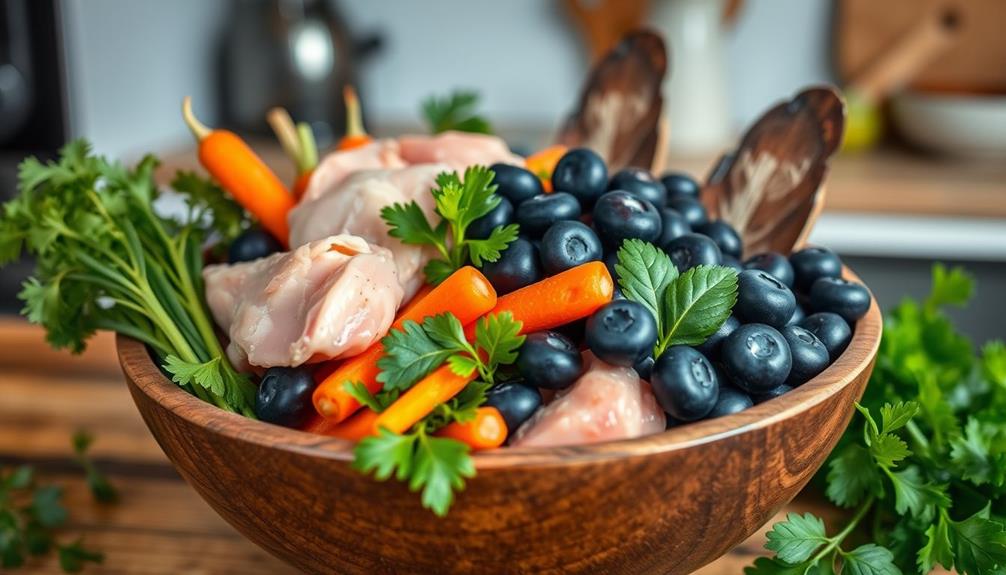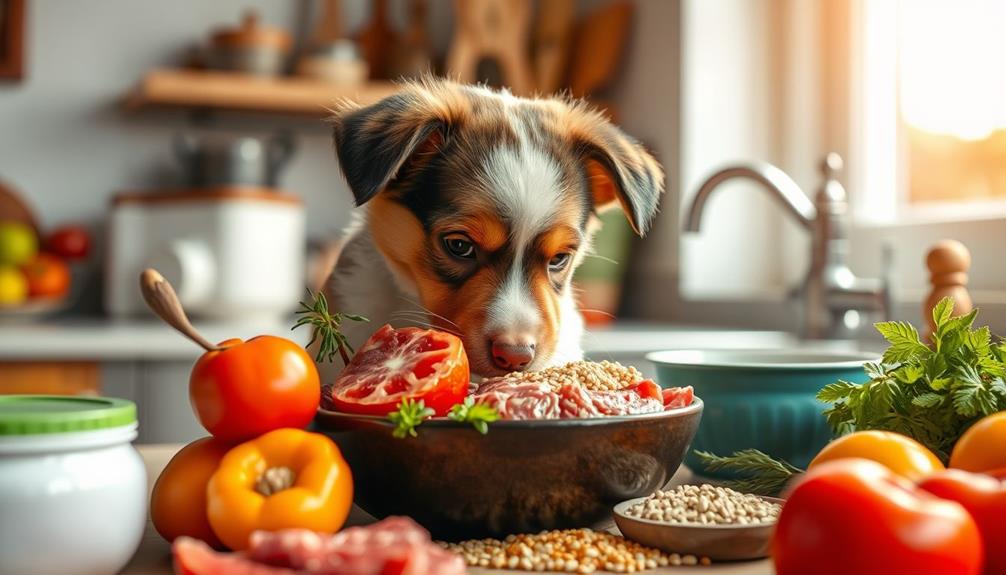To get your dog to eat raw food, start by introducing it gradually over 7-10 days. Use high-value proteins like chicken or beef to create positive associations. Monitor your dog's reactions closely, and adjust the pace if needed. Keep meal times calm and consistent to build security. If your dog is picky, try different proteins and add enticing flavors like bone broth or yogurt. Serving food at room temperature can also enhance its appeal. Remember to maintain safety by washing hands and surfaces. Stick around to discover additional methods for easing the shift! The transition to raw dog food can be a gradual process that requires patience and observation. Some dogs may take to it right away, while others may need more time and experimentation with different flavors and textures. By closely monitoring your dog’s reactions and consistently introducing new elements, you can ensure a successful transition to raw dog food. Exploring different resources and consulting with a veterinarian can also provide valuable insights into how to transition to raw dog food effectively.
Key Takeaways
- Gradually introduce raw food over 7-10 days, starting with high-value proteins like chicken or beef to create positive associations.
- Monitor your dog's reactions closely and adjust the transition pace to ensure a smooth adjustment to the new diet.
- Experiment with different protein sources, textures, and enticing flavors like bone broth to find what your dog enjoys most.
- Serve raw food at room temperature and consider incorporating fresh fruits and vegetables for added variety and nutrients.
- Maintain a calm mealtime atmosphere and utilize food puzzles to make eating more engaging and exciting for your dog.
Benefits of Raw Food
When you switch your dog to a raw food diet, you might notice several benefits that enhance their overall health and well-being. One of the standout advantages is improved digestion, which allows your dog to absorb nutrients more effectively. This can lead to better health and longevity, making your furry friend feel more vibrant.
Additionally, incorporating healthy dog snacks into their diet can further support their nutritional needs.
You'll also see a remarkable change in your dog's coat and skin condition—expect a shinier and healthier appearance. Alongside this, many pet owners report increased energy levels, with their dogs becoming more active and engaged in daily activities.
Another significant benefit of raw feeding is the impact on dental health. Allowing your dog to chew on raw bones helps reduce plaque and tartar buildup, promoting cleaner teeth and fresher breath.
Moreover, a raw food diet may reduce allergic reactions and sensitivities, providing relief from common food-related issues. By ensuring the diet is nutritionally balanced, you can further enhance these benefits, allowing your dog to thrive in their new feeding routine.
Embrace these changes, and you'll likely witness a happier, healthier pup!
Transitioning Your Dog
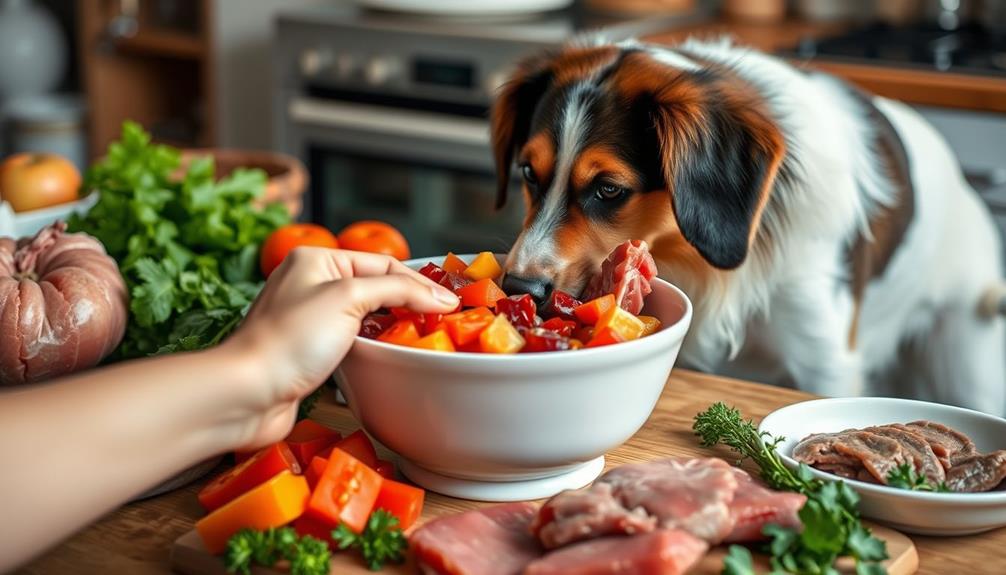
Switching your dog to a raw food diet can be a rewarding journey, but the process requires careful handling to guarantee your furry friend adjusts smoothly.
Start by gradually introducing raw food over 7-10 days, mixing small amounts into their current diet. This approach helps prevent digestive upset and eases the change. Consider beginning with high-value protein sources that your dog already enjoys, like chicken or beef, to create a positive association with the new raw diet for dogs.
During this period, monitor your dog's reaction closely. Look for any signs of digestive distress or reluctance, and adjust the pace of introduction as needed.
Maintaining a consistent feeding schedule is key; it reinforces a sense of security and predictability for your pet.
Understanding Dog Reactions
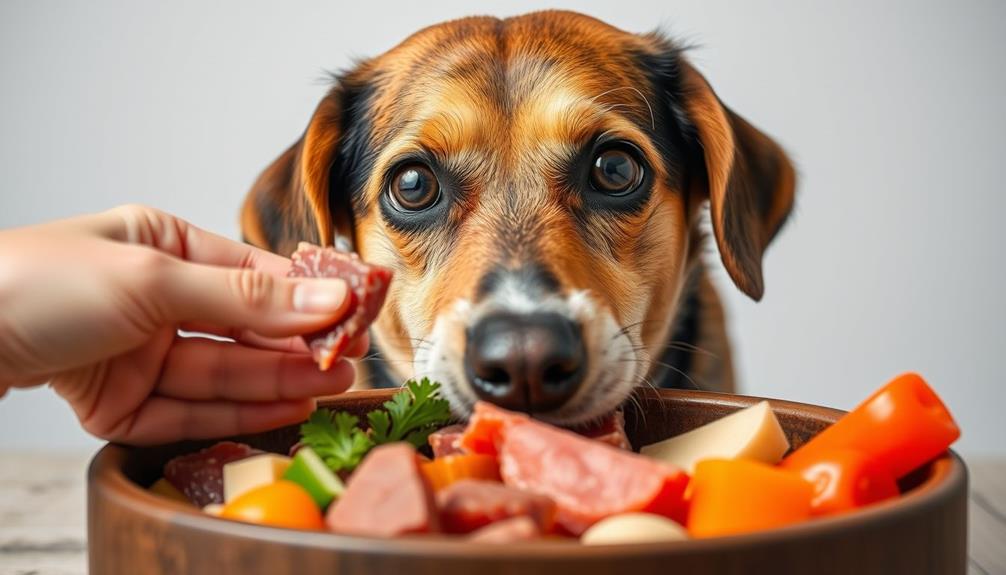
Understanding how your dog reacts to raw food is essential for a successful change. Dogs may initially show disinterest in raw diets, often reacting with confusion or even disgust when first introduced to this new dog food.
It's important to remember that their refusal isn't a sign of ungratefulness; it's simply part of the transition process. Providing a balanced and nutritious diet, similar to the proper care for other pets like hamsters, can make a considerable difference in their acceptance of raw food proper diet considerations.
Patience is vital during this time. Dogs can take several meals before they begin to accept raw food, and it's completely normal for them to skip meals based on their mood or activity levels.
Most dogs won't starve themselves, so don't panic if they refuse food initially.
Creating a calm atmosphere at mealtime can greatly help your dog adjust. Stress or anxiety from you can exacerbate their reluctance to eat.
Focus on maintaining a relaxed environment to encourage acceptance of raw diets.
The benefits of a raw diet can greatly enhance your dog's health care, but it requires time and understanding.
Stay persistent, keep an eye on their reactions, and soon enough, your dog will likely embrace this new way of eating.
Overcoming Picky Eating
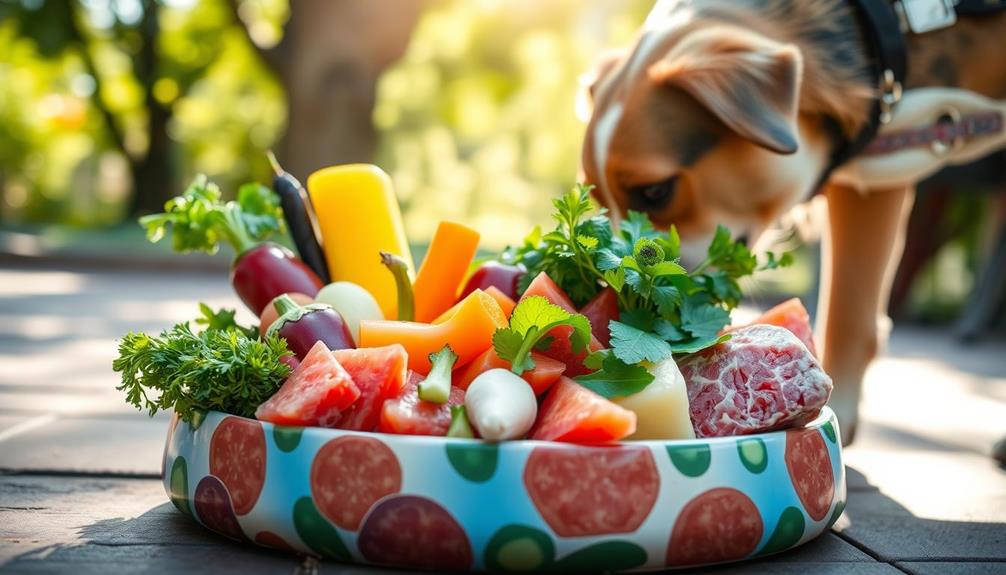
How can you encourage your picky eater to embrace raw food? Start by experimenting with various protein sources and textures. Try chicken, beef, or lamb to identify what your raw dog prefers.
For those picky eaters, mixing in enticing flavors like bone broth or yogurt can make raw meals irresistible. Serving the food at room temperature enhances the aroma, making it more appealing for dogs hesitant to try new food.
Additionally, consider incorporating fresh fruits and vegetables, as they can provide essential nutrients and add variety to your dog's diet, aligning with the importance of hydration and water intake.
Consider using food puzzles or toys during mealtime. These can stimulate your dog's interest, encouraging them to explore and enjoy their raw meal.
Offering meals in different settings, such as various rooms or even outside, can reduce monotony and make mealtime exciting.
Safety and Hygiene Practices
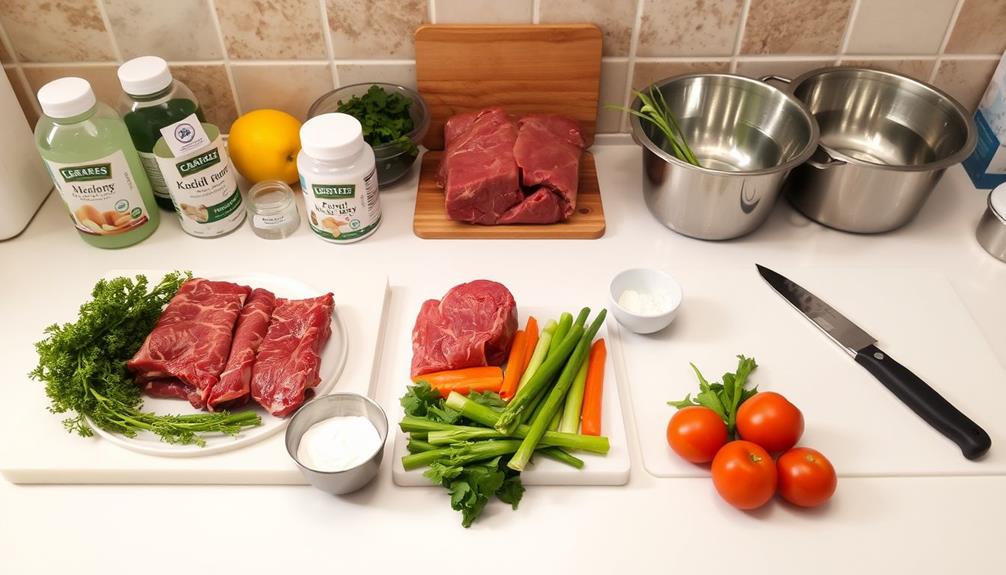
When it comes to feeding your dog raw food, following strict safety and hygiene practices is vital for preventing health risks. Understanding the importance of elderly care financial considerations can also help in budgeting for quality raw ingredients. Here are some key tips to keep in mind:
- Always wash hands and surfaces thoroughly after handling raw food.
- Store raw food in sealed containers and keep it in the freezer.
- Use separate utensils for raw and cooked food to avoid cross-contamination.
- Freeze raw meat for at least 24 hours to kill potential parasites.
- Regularly check expiration dates and the freshness of raw ingredients.
These practices help minimize contamination and guarantee your dog's meals are safe.
Always remember to wash your hands after handling any raw pet food to prevent the spread of harmful bacteria like Salmonella and E. coli. Keeping your raw food in the freezer not only maintains freshness but also reduces contamination risks.
By using separate utensils, you further protect your dog from potential health issues. Finally, regularly checking expiration dates guarantees that the raw ingredients you're using are safe for consumption.
Prioritizing safety and hygiene will make feeding your dog raw food a healthier and more enjoyable experience for both of you.
Frequently Asked Questions
What to Do if a Dog Won't Eat Raw Food?
If your dog won't eat raw food, try warming it slightly to enhance the smell. Gradually mix it with their current food, and experiment with different proteins to find their favorite flavor.
How to Start Your Dog on Raw Food?
Starting your dog on raw food's like introducing a gourmet feast! Mix small amounts of raw meat with their kibble over 7-10 days, and soon they'll enthusiastically devour this delicious, nutritious adventure you've created together!
How Long Does It Take for a Dog to Get Used to Raw Diet?
It usually takes your dog about 7 to 10 days to adjust to a raw diet. Start slowly, mixing raw food with their current meals, and be patient as they adapt to new flavors and textures.
Do Picky Dogs Like Raw Food?
Picture a gourmet feast waiting to be discovered. Picky dogs often shy away from raw food, but with patience and creativity, you can entice them. Explore different flavors and textures to spark their interest in this culinary adventure.
Conclusion
Incorporating raw food into your dog's diet can lead to improved health and energy. For instance, consider Max, a once-picky eater who thrived on raw food after a gradual change. His coat became shinier, and he had more energy for playtime. By understanding your dog's needs and preferences, you can make this switch enjoyable and beneficial for both of you. With patience and the right approach, your furry friend will soon relish their new meals!
